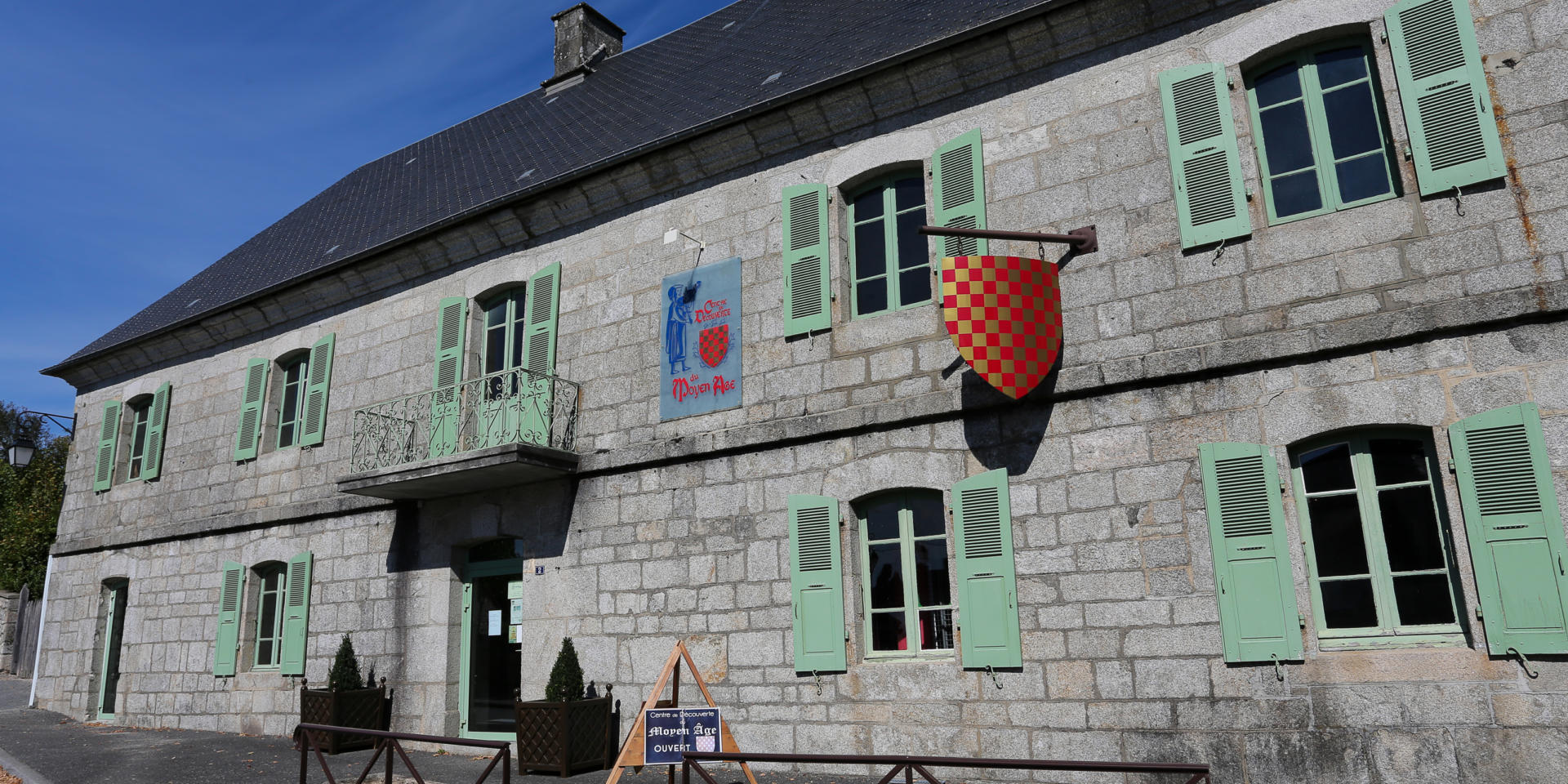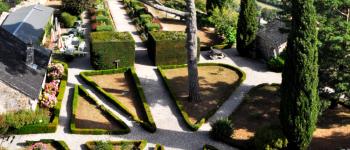
Egletons, a medieval city, is home to the Centre de Découverte du Moyen-âge, CDMA, which offers a permanent exhibition, a medieval garden, various activities all year round to learn about and promote medieval heritage, creative workshops, demonstrations and initiations to familiarize oneself with the arts of the Middle Ages, guided tours and conferences for a dive into history... Several themes are thus addressed.
The art of war in the Middle Ages
In the Middle Ages, war was the raison d'âtre of the knight.
The exhibition presents swords, axes, bows, coats of mail, helmets, shields, mangonels, trebuchets, couleuvrines, fortifications, sieges, crusades ...
Panels, models and replicas allow you to touch a thousand years of fighting.
Medieval art: reliquaries, illuminations ...
Art, in the Middle Ages, is almost entirely at the service of faith and seeks beauty to celebrate the glory of God.
The vast majority of the works remained anonymous, the collective work was done in workshops or on building sites.
From the second half of the Middle Ages, artists signed their works, then over the years, they became lay professionals working for rich patrons.
Architecture, sculpture, painting, mosaics, stained glass, enamel, goldsmithing... are presented through beautiful objects, originals or copies. A special place is reserved for Limousin enamels and other arts of color.
Troubadours, poetry and music
The troubadour expresses his art in the langue d'Oc, a language spoken south of the Loire, while the trouvères express themselves in the langue d'Oil, a language spoken north of the Loire.
Throughout the Middle Ages, in Europe and around the Mediterranean, cultural melting pots bubbled and gave birth to various cultural movements: Al Andalus in Spain, the scaldic poetry and sagas of the Nordic countries, the Minnesänger in the Germanic sphere...
A visit to the court of Eleanor of Aquitaine, to listen to the songs of the troubadours, touch their musical instruments...
Life in the Middle Ages: countryside, cities and castles
Medieval society was initially more rural than urban.
Life in the countryside was organized around villages, from a few dozen to a few hundred inhabitants. The ones we know today probably already existed in the 11th century!
The castle is a highly symbolic place of power and of the power of its master. This power is often expressed by the architecture of the master tower. Finally, the castle is often the seat of political, judicial and administrative decisions.
The Garden of Tristan and Isolde
The medieval garden of Tristan and Isolde is composed of a vegetable garden, an orchard and a pleasure garden.
The inhabitants of the cities (craftsmen, merchants) and the peasants cultivate there what to supplement their food.
Center of Discovery of the Middle Ages
2, avenue d'Orluc,
19 300 Egletons
Tel : 05 55 93 29 66
Translated with www.DeepL.com/Translator
(free version)






